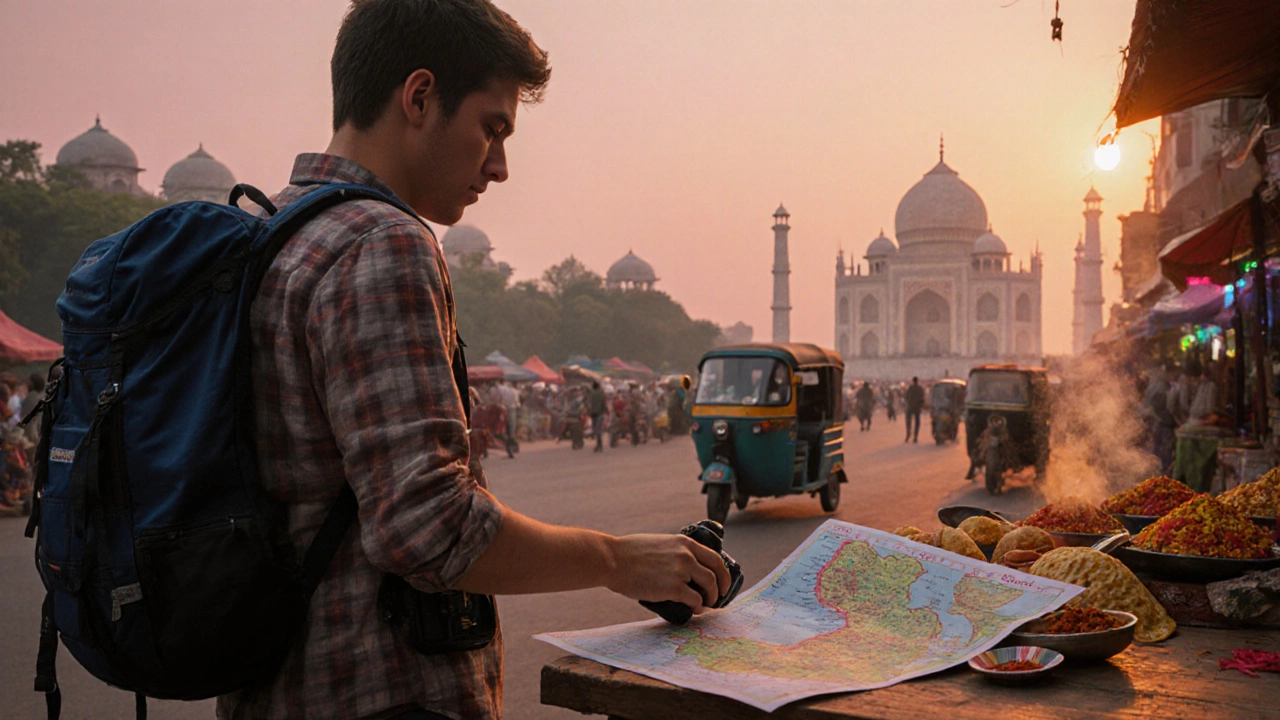
Discover if India is cheap for US travelers with detailed cost breakdowns, budget examples, saving tips, and a handy FAQ for a smart, affordable trip.
When planning India travel cost, the total amount you’ll spend on flights, accommodation, food, transport and entry fees while touring the country. Also known as travel budgeting for India, it serves as the backbone of any itinerary. India travel cost varies a lot, but three main factors drive the numbers: the exchange rate, the need for malaria prevention medication in certain regions, and the season you choose to visit.
The current exchange rate, which tells you how many Indian rupees you get for a US dollar, directly affects every purchase. A stronger dollar means cheaper meals, lower hotel rates and more bang for your buck on souvenirs. In contrast, a weaker dollar forces you to tighten the belt on daily expenses. Another hidden cost is malaria pills. Travelers heading to areas like the Andaman islands or the northeastern states often need to buy prophylaxis, adding a few dollars to the overall spend but keeping health risks low. Finally, the high season, typically December to February, pushes up flight and hotel prices; traveling in shoulder months can shave off 20‑30 % of the total bill.
Putting these pieces together forms a clear semantic chain: India travel cost encompasses exchange rate, malaria pills and high‑season pricing. Knowing the exchange rate lets you forecast daily food and transport costs, while understanding malaria‑pill requirements prevents unexpected medical expenses. Choosing off‑peak months reduces accommodation fees and frees up budget for experiences like wildlife safaris or desert tours. The interplay of these factors means you can plan a trip that fits a tight budget or a luxurious getaway, depending on your priorities. Below you’ll find a curated list of articles that break down each component, share real‑world price examples, and offer actionable tips to keep your wallet happy throughout the journey.

Discover if India is cheap for US travelers with detailed cost breakdowns, budget examples, saving tips, and a handy FAQ for a smart, affordable trip.